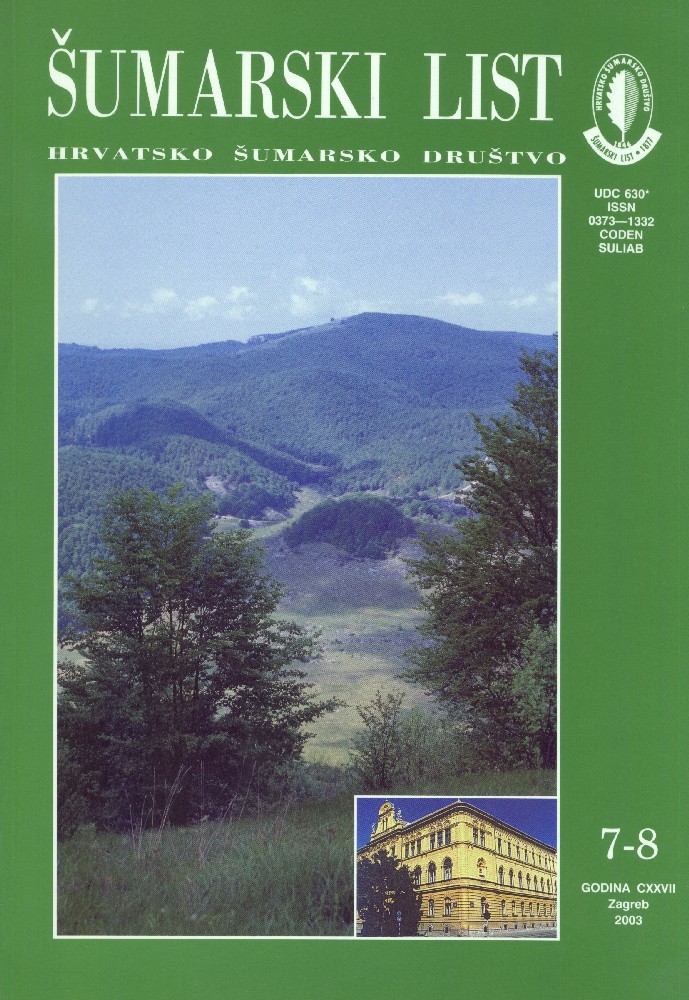Summary: Today, beech is of prime importance for the sawmill industry in Croatia with respect to its overall quantity in the forests and the quantity of sawmill logs processed. Beech wood has a series of positive, as well as, negative characteristics that are important for sawnwood production. Beech wood´s positive characteristics such as its fine texture and workability are of particular importance for beech sawmill technology. However, beech has certain negative characteristics such as large coloured fault hearts, subjection to micro-organism decomposition, suceptibility to fustiness and rotten wood, dimensional instability and splitting during manipulation and drying. Technological development, particularly in the past few decades, has in large measure, overcome the majority of beech wood´s negative characteristics, and has therefore become one of the most sought-after material in wood processing industry. Today, with certain exploitation methods coordinated with processing rhythm and log preservation, sawmills successfully prevent fustiness and rotten wood. With certain hydro-thermal processing regiments (drying and steaming), defects that result from drying can be diminished, and a reduction of the difference between sapwood and heartwood can be achieved. With specific log sawing methods, it is possible to considerably reduce the deformation of sawmill products. Today, more and more beech wood, with its numerous defects, as well as, logs and round wood of smaller dimensions are processed at sawmills. With certain techniques and technology, they can be more or less successfully processed. Raw material delivered to sawmills can have different specific characteristics. This depends on the overall organization and technological production concept at the sawmill, type of sawmill products, the characteristics of forest exploitation, methods and options for transporting raw material to the sawmills etc. Depending on the norms implemented, beech raw material is classified according to the purpose, dimension and quality criterias. Bouls, the most valuable and qualitative sawmill product, were once manufactured from prime quality beech. Today, these products are high quality unedged, half edged and edged boards. In addition, lower quality boards that are re-sawing into dimension stocks and flooring. Railway sleepers and heart-boards are also made from beech. In Croatian sawmills, beech logs are most frequently sawn in the live sawing, cant sawing and round sawing techniques, while the Slavonian and quarter sawing methods are rarely used. Frame saw proved to be better suited for processing thinner and lower quality beech logs with dispersed defects. In contrast to this, qualitative and thicker logs or logs with individually dispersed defects can be processed more successfully with the band saw due to advantages in the individual sawing approach. Researching particular criteria for successful beech wood processing at sawmills also yielded results. Further development in beech wood processing at sawmills can be expected in Croatia as well as an increase in the production of wooden dimension stocks at greater processing stages. Some sawmills are already manufacturing products such as finished parquet and solid glued boards. For further development in beech wood processing at sawmills, as well as processing other types of wood, more attention will need to be dedicated to the so-called integral log yield, which would, in addition to finding a rational solution for sawmill residues, increase the overall production value.
Key words: common beech (Fagus sylvatica L.); sawmilling technology; sawmilling raw material; sawmilling products; quantity and value yield |



